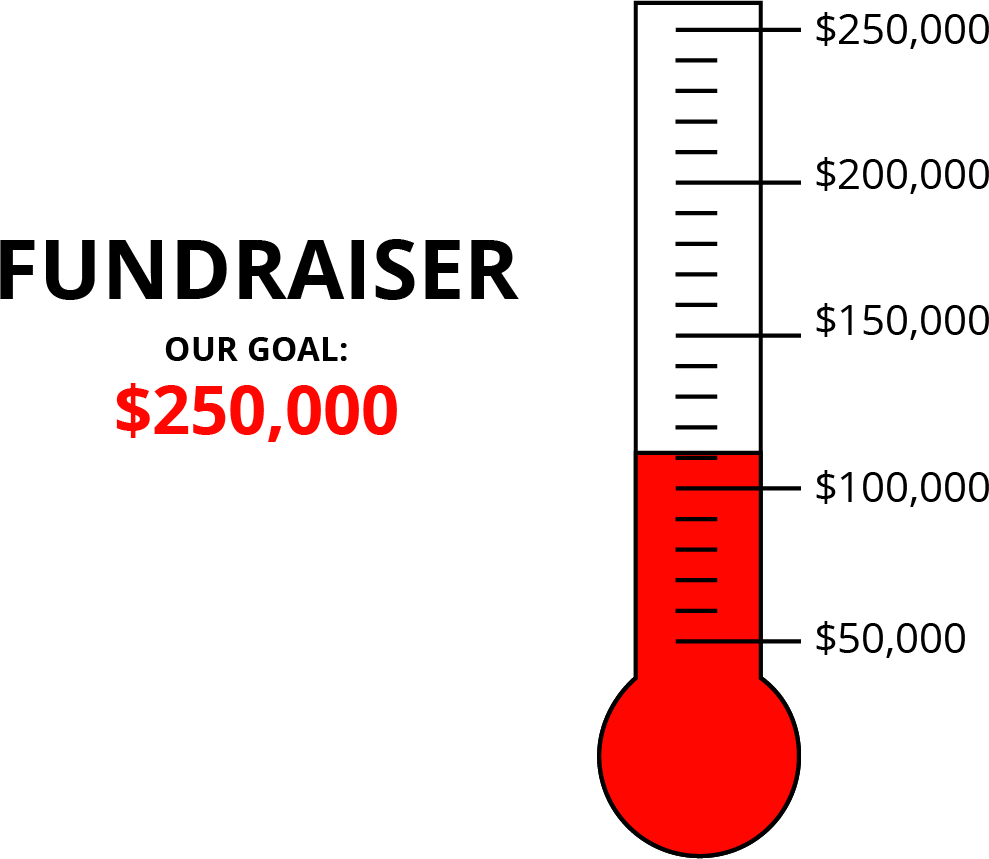Lesson 5
A New Way to Interpret $a$ over $b$
Problem 1
Select all the expressions that equal \(\frac{3.15}{0.45}\).
\((3.15) \boldcdot (0.45)\)
\((3.15) \div (0.45)\)
\((3.15) \boldcdot \frac{1}{0.45}\)
\((3.15) \div \frac{45}{100}\)
\((3.15) \boldcdot \frac{100}{45}\)
\(\frac{0.45}{3.15}\)
Solution
For access, consult one of our IM Certified Partners.
Problem 2
Which expressions are solutions to the equation \(\frac{3}{4}x = 15\)? Select all that apply.
\(\frac{15}{\frac{3}{4}}\)
\(\frac{15}{\frac{4}{3}}\)
\(\frac{4}{3} \boldcdot 15\)
\(\frac{3}{4} \boldcdot 15\)
\(15 \div \frac{3}{4}\)
Solution
For access, consult one of our IM Certified Partners.
Problem 3
Solve each equation.
\(4a = 32\)
\(4=32b\)
\(10c = 26\)
\(26=100d\)
Solution
For access, consult one of our IM Certified Partners.
Problem 4
For each equation, write a story problem represented by the equation. For each equation, state what quantity \(x\) represents. If you get stuck, consider drawing a diagram.
-
\(\frac{3}{4} + x = 2\)
-
\(1.5x = 6\)
Solution
For access, consult one of our IM Certified Partners.
Problem 5
Write as many mathematical expressions or equations as you can about the image. Include a fraction, a decimal number, or a percentage in each.

Solution
For access, consult one of our IM Certified Partners.
(From Unit 2, Lesson 22.)Problem 6
In a lilac paint mixture, 40% of the mixture is white paint, 20% is blue, and the rest is red. There are 4 cups of blue paint used in a batch of lilac paint.
- How many cups of white paint are used?
- How many cups of red paint are used?
- How many cups of lilac paint will this batch yield?
If you get stuck, consider using a tape diagram.
Solution
For access, consult one of our IM Certified Partners.
(From Unit 2, Lesson 21.)Problem 7
Triangle P has a base of 12 inches and a corresponding height of 8 inches. Triangle Q has a base of 15 inches and a corresponding height of 6.5 inches. Which triangle has a greater area? Show your reasoning.
Solution
For access, consult one of our IM Certified Partners.
(From Unit 1, Lesson 8.)